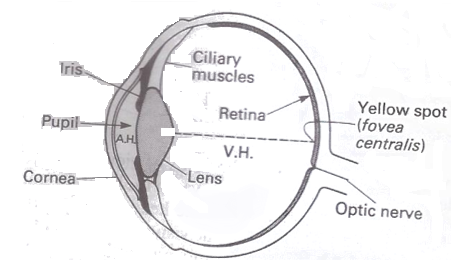Free Download of Jamb's Utme Physics past questions with Answers on "Application of Light Waves."
There have been lots of posts out there, stating 'Free Download of UTME Physics past questions with Answers' but only questions without answers. This has prompted me to painstakingly create this pack by solving Jamb physics past questions on different topics and making them available to download for free. Not only are these questions solved topics by topics, they're also solved systematically from the simplest to the hardest. It is a unique past questions pack with answers to make easy studying of the subject.
Side Note: 'ume 91@07' in the pack implies ume 1991 question number 7.
As the description of the website displays-understanding what you know is the key- I would like to explain this topic briefly.
Side Note: 'ume 91@07' in the pack implies ume 1991 question number 7.
As the description of the website displays-understanding what you know is the key- I would like to explain this topic briefly.
Brief explanation on the topic
My exposition will be only on eyes as it is the most pivotal of all the application of Light waves. Years back that I was studying and trying to understand this topic: I understood why King David said to God, "I will Praise You, for I am fearfully and wonderfully made; Marvelous are your works, And that my soul knows very well" - Psalm 139:14. When I came to fully understand the intricacies of light in the eyes, I praised God too! Anyways, read through and you can download the pack via the link below.
The eye
The eye is one of the most intricate and sensitive instruments developed by nature, Its main optical features are depicted below:
- the eye-lens, which focuses light entering the eye;
- ciliary muscles, which are attached to the eye-lens surfaces and alter the focal length;
- the retina; the light sensitive area of cells at the back of the eye;
- the yellow spot (fovea centralis), the most light sensitive spot on the retina;
- the iris, the coloured circle round the eye-lens;
- the pupil, the circular opening or diaphragm in the iris through which light passes;
- the cornea, the thick transparent protective covering in front of the eye-lens which refracts the light most;
- the aqueous humour (A.H.) and vitreous humour (V.H.), which are liquids respectively in front of and behind the eye-lens in which the eye-lens is suspended.



Comments
Post a Comment